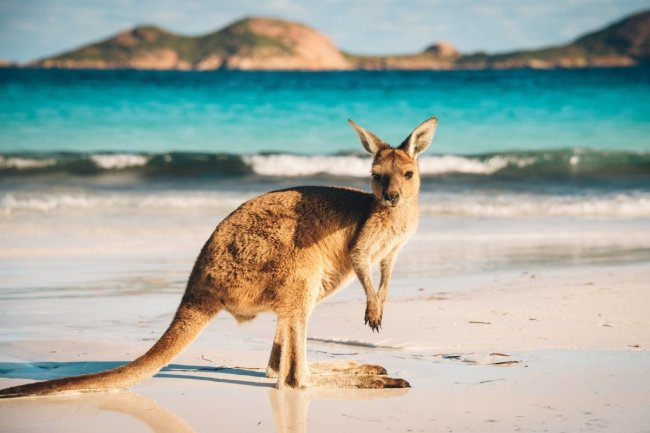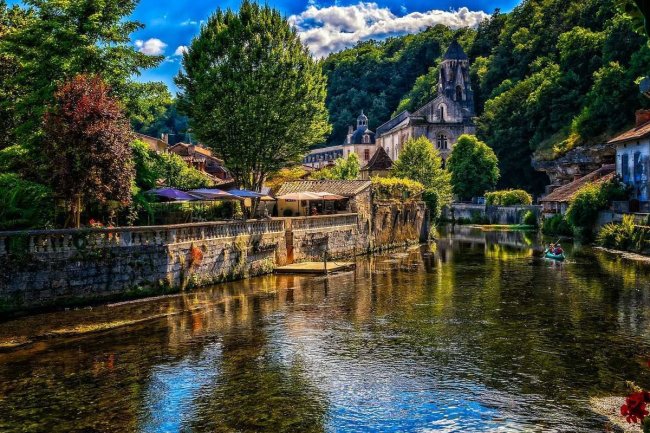Little gem of Central Asia
What to do in Uzbekistan
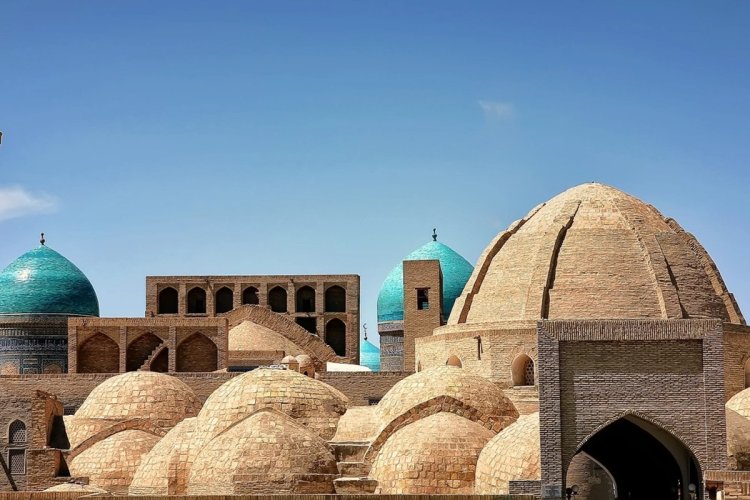
Uzbekistan is a place where ancient cities, vibrant bazaars and palaces decorated with mosaics meet. It smells like a real right pilaf, fresh flatbread and sweet melons. This is a country that attracts with its exquisite carpets and colorful ceramics and surprises with its beaches and skiing opportunities. Here are some ideas on how to spend time in Uzbekistan in order to get the most vivid impressions.
First we take Tashkent
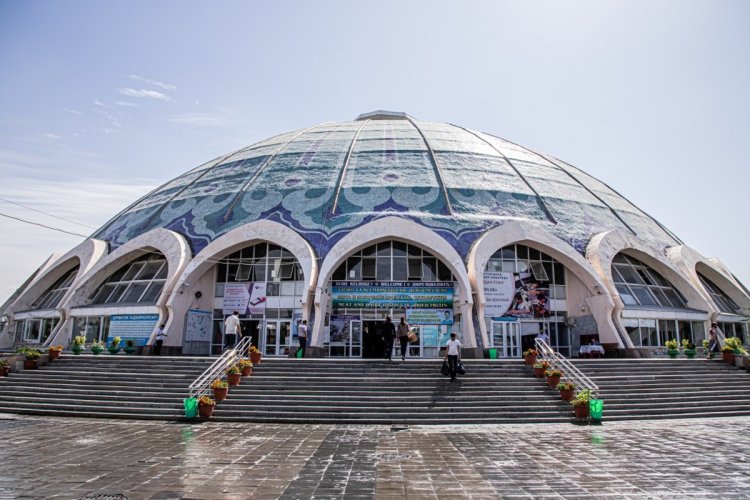
Bazaars are a central place in the life of any person from the East, especially from Central Asia. People come here not only for flatbread, tomatoes, lamb and skullcaps - they meet and communicate here, come for advice and discuss the latest news.
The majestic Chorsu Bazaar in Tashkent has flourished since the Middle Ages. Plan to spend at least three hours there - you won't be able to leave early. Start by visiting the central pavilion, decorated with a blue dome. Stroll between the colorful mountains of spices and buy shell-roasted almonds, Uzbek halva and honey dried apricots. Learn to distinguish Devzira rice from other varieties - this is the most suitable rice for making pilaf.
The neighboring trading domes are also full of color. Here you can find wicker baskets, huge painted lyagan plates for cooking pilaf, bright fabrics, pillows and traditional kurpacha mattresses - all this is available at the Chorsu bazaar. Among fresh hot tortillas and persimmons, be sure to try kurt - salty dried cottage cheese, which is ideal as a replacement for chips.
Then to Samarkand
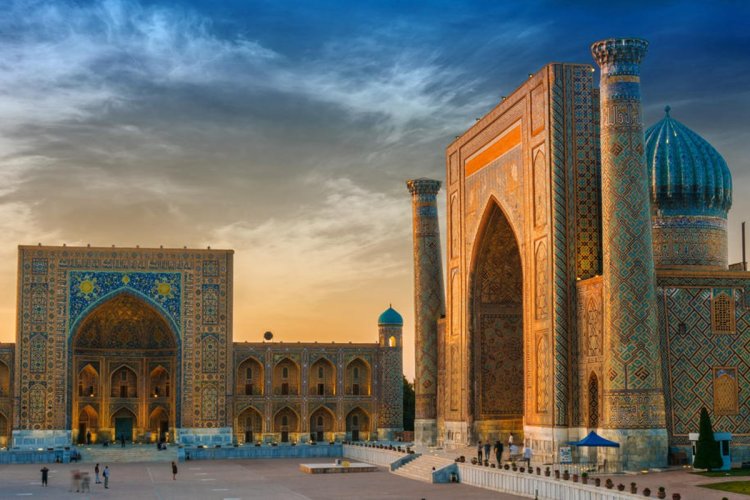
"Registan" in Uzbek means "a place covered with sand". This name is usually used to designate the main city squares in Central Asia. Such Registans can be found in Tashkent, Khiva and Bukhara, but the most famous of them is located in Samarkand, one of the oldest cities in the world. In those days, the city authorities gathered people on the square to announce the decrees of the khan, holidays, public executions and gatherings of armies leaving for war.
In former years, there were trading rows around the square, where artisans and farmers sold their goods. All major roads of Samarkand led to the Registan, where liveliness always reigned and there was a hum of voices. In our time, little has changed - the Registan is the main point on the map of modern Samarkand.
This place has earned worldwide recognition due to its impressive architectural complex, which is a symbol of oriental construction. Three madrasahs, or "places of learning", rise majestically above the square, and their portals face the center of the square. Madrasahs of Ulugbek, Sherdor and Tilla-Kari were built in the 15th-17th centuries. Each madrasah has its own unique decor, but together they make up a magnificent architectural ensemble. Samarkand was included in the UNESCO World Heritage List in 2001 thanks to such buildings that are still preserved in the city.
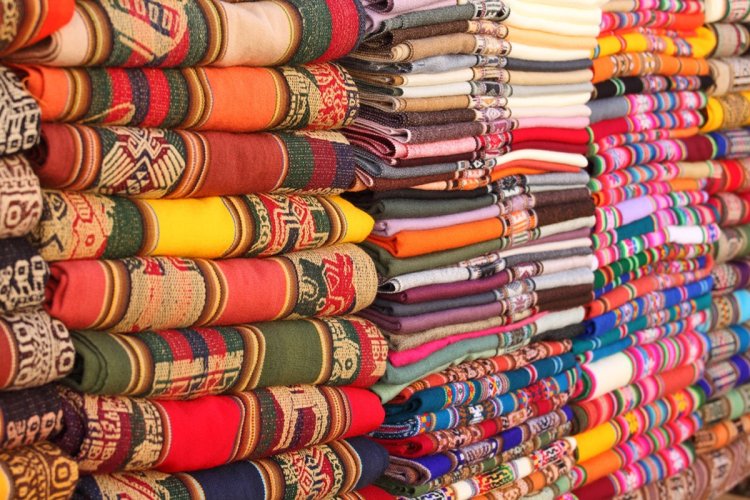
There is also a silk carpet factory “Khujum” in Samarkand and you should definitely come here. In addition to the fact that you seem to get into the museum, you can watch the girls busy with fine work on looms. After that, you will stop wondering about the prices of these works of art. Carpets are created by hand at every stage: from unraveling silkworm cocoons and dyeing threads to many months of knitting knots on the main threads. The higher the knot density of the carpet, the higher its cost.
Thence to Khiva
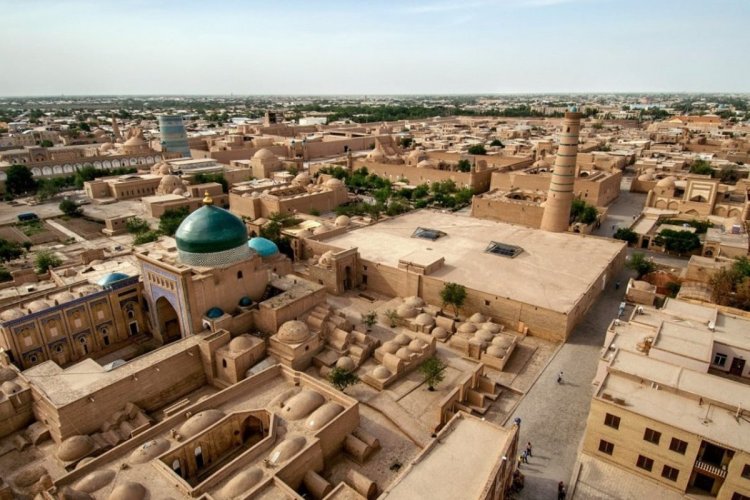
The ancient city of Ichan-Kala in Khiva is a real portal to the Middle Ages, and it is no coincidence that it became the first site in Central Asia listed by UNESCO. It is worth starting the day by climbing the Islam-Khoja minaret, which offers a breathtaking view of the authentic Central Asian city with its flat clay roofs, narrow streets and majestic mosques.
After panoramic views from above, descend back and plunge into the unique atmosphere of Ichan-Kala. Explore the luxurious decorations of the Khan's palaces and get to know the organization of the harem. Visit Muhammad Amin Khan Madrassah, which is the largest Muslim educational institution in Central Asia. Be sure to visit all the shops with ceramics, jewelry and wood carvings. Looking at the monument to the founder of algebra, Al-Khwarizmi, remember your school days and how you cheated from a neighbor on your desk. When there is no energy left for new impressions, sit in an open-air restaurant and watch the life around you with a cup of tea.
Be sure to go to the desert!

The Kyzyl Kum desert is slightly inferior in size to the well-known Karakum desert. Despite the grandiose size of Kyzylkum, you do not need to prepare for a trip there like an expedition or space travel - the roads here are in excellent condition, especially if you do not forget to take a smartphone with a navigator and pre-load maps. If you prefer organized trips, there is always the option to join a tourist tour.
It is best to start your journey through Kyzylkum with a visit to the impressive ancient fortress of Ayaz-Kala, which is located 100 km from Khiva. You can skip the famous Uchkuduk - apart from the Soviet uranium plants, you are unlikely to find anything interesting here. However, this does not apply to the huge lake Aydarkul, located on the eastern border of the desert. Plan to spend a day or two here: fish, explore the sandy expanses on camels, jeeps or ATVs, and then enjoy a romantic evening at a yurt camp among the sands.
The ideal time for a tour of Kyzylkum falls on the end of April and until mid-May, when tulips and poppies begin to bloom in the desert.
Get to the beginning of the Great Silk Road

The Ferghana Valley, a rich and fertile region surrounded by mountain ranges, has always attracted travelers. In the 4th century BC, Alexander the Great reached the area. About two centuries later, the Chinese envoy Zhang Qian discovered amazing horses in Fergana, which aroused great interest among the Chinese emperor. Thus began the formation of the first transit routes from China to the Mediterranean, which later became known as the Great Silk Road.
Today, the Fergana Valley is known as a place where you can feel the real atmosphere of Uzbekistan. Every city here is steeped in history. However, there are also special places - for example, the majestic palace of Khudoyar Khan is located in Kokand, as if descended from the pages of fairy tales "A Thousand and One Nights". The city of Rishtan is famous for its glazed ceramics. If you want to see how these works of art are made, visit Rustam Usmanov's museum-workshop. In Margilan, it is worth visiting the Yedgorlik silk factory, where you can see the entire process of creating silk, from a silkworm chrysalis to bright scarves.
Try Uzbek pilaf

Pilaf, a true symbol of Uzbekistan, can be cooked with lamb, chicken or eggs, with the addition of dried fruits or beans, as well as with quince, pumpkin or turnips. The most common pilaf includes lamb, onions and carrots, but its taste can vary not only from city to city, but also from one restaurant to another in the same area. Pilaf is usually cooked only in the morning.
But people in Uzbekistan eat not only pilaf. If you get hungry in the evening, it is recommended to order a lagman. Be sure to stop by the kitchen to see how the dough is turned into noodles in front of you. An ideal option for dinner would be a barbecue or hearty shurpa, which can be considered both the first and second course. For a snack, freshly baked samsa with meat is suitable, to which you should add lemonade from a retro soda machine. Vegetarians in Uzbekistan can enjoy delicious flatbread, sour milk katyk and pumpkin samsa. And no one can resist the local melons, watermelons and peaches.
Embark on your best and most amazing trip to Uzbekistan. Roaming there, as in other countries of Central Asia, is quite expensive, so order an eSIM from fedafone, and buy a carpet with the money you save!

